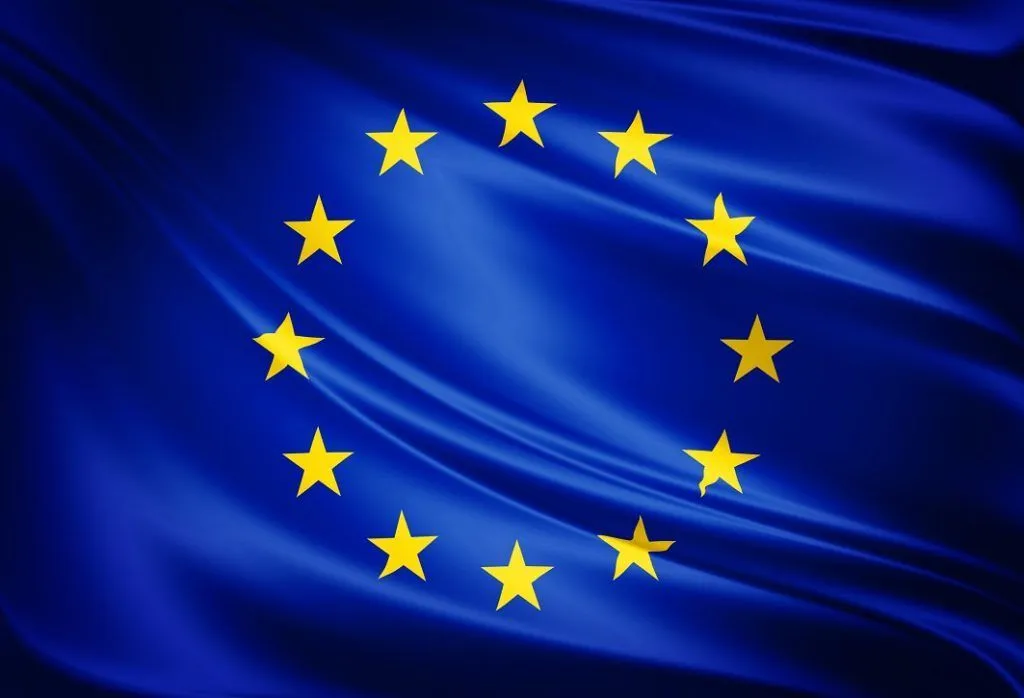€241 billion in nuclear investments needed by 2050 to align with EU decarbonization and energy security strategies.
Nuclear capacity projected to grow from 98 GW to 109 GW in base-case scenarios, and up to 144 GW with full project execution and life extensions.
Future funding must include diverse public-private sources and de-risking instruments to support innovation in modular and fusion technologies
The European Commission has projected a need for €241 billion in nuclear investments by 2050 to deliver on EU Member States’ nuclear energy plans and achieve long-term energy decarbonization goals.
This estimate, published in the Commission’s eighth nuclear illustrative programme (PINC), outlines the EU’s strategy for balancing industrial competitiveness, energy security, and climate commitments under the REPowerEU Plan and Clean Industrial Deal.
“To truly deliver the clean energy transition, we need all zero- and low-carbon energy solutions,” said Dan Jørgensen, Commissioner for Energy and Housing. “Nuclear energy has a role to play in building a resilient and cleaner energy system.”

Of the total €241 billion:
€205 billion is earmarked for new large-scale reactor construction
€36 billion for lifetime extensions of existing reactors
The Commission notes that additional long-term capital will be required for next-generation technologies, such as Small Modular Reactors (SMRs), Advanced Modular Reactors (AMRs), microreactors, and eventually, fusion energy.
RELATED ARTICLE: EU proposes rules to label some gas and nuclear investments as green
Currently, nuclear power contributes approximately 23% of EU electricity, but with a mixed outlook across member states—some phasing out nuclear while others are expanding. The EU anticipates nuclear capacity rising from 98 GW today to 109 GW by 2050, or up to 144 GW in an optimistic delivery scenario.
“Ensuring the necessary framework conditions will allow the EU to keep its industrial leadership in this sector while also upholding the highest safety standards and responsible management of radioactive waste,” Jørgensen added.
With more than 90% of electricity projected to come from decarbonized sources by 2040, nuclear will continue to serve as a critical complement to renewables in the EU’s evolving energy mix.
To meet these targets, the Commission emphasizes the need for blended financing approaches, combining public and private investment with risk-mitigation mechanisms to stimulate investor confidence and support strategic deployment.
Follow ESG News on LinkedIn

